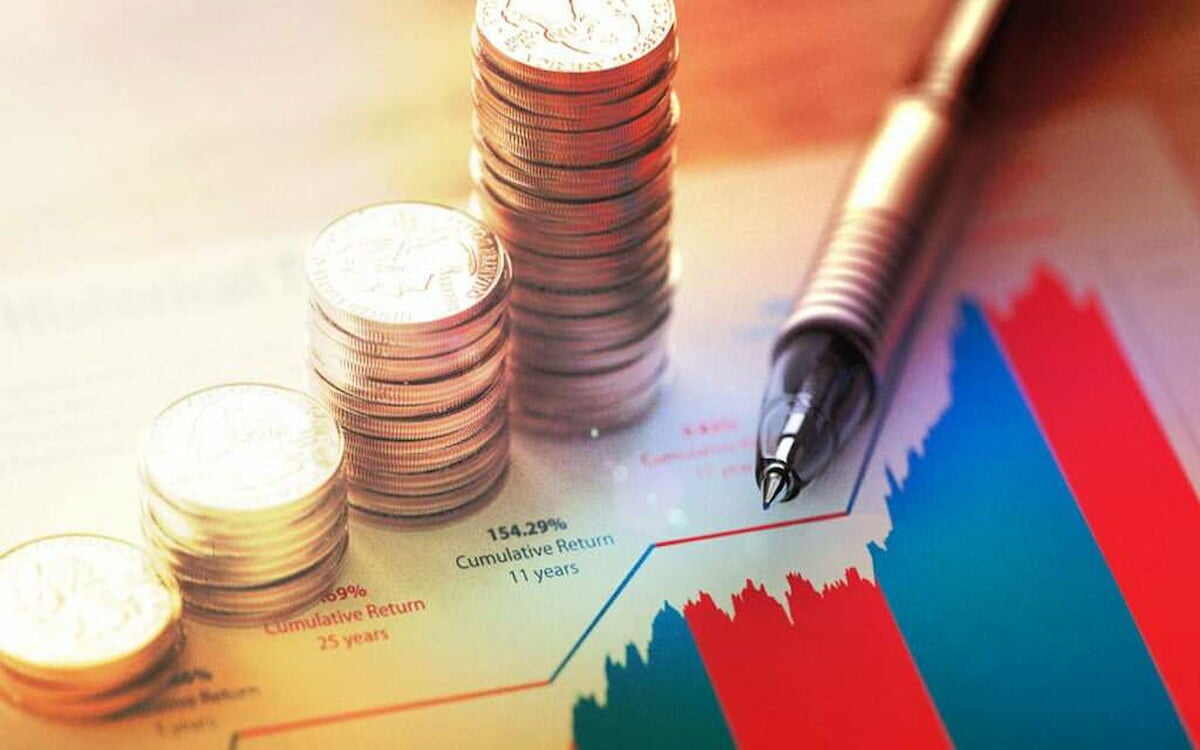¿Cómo encontrar oportunidades en high yield en la nueva era económica?
Los inversores en high yield se enfrentan a un contexto difícil, aunque están empezando a surgir oportunidades atractivas en medio de la incertidumbre actual. Aunque el aumento de los rendimientos totales, unido a la mayor calidad del universo de alto rendimiento actual, puede amortiguar en parte el riesgo, una excelente selección de valores es fundamental para hacer frente al probable aumento de la dispersión y los impagos.










